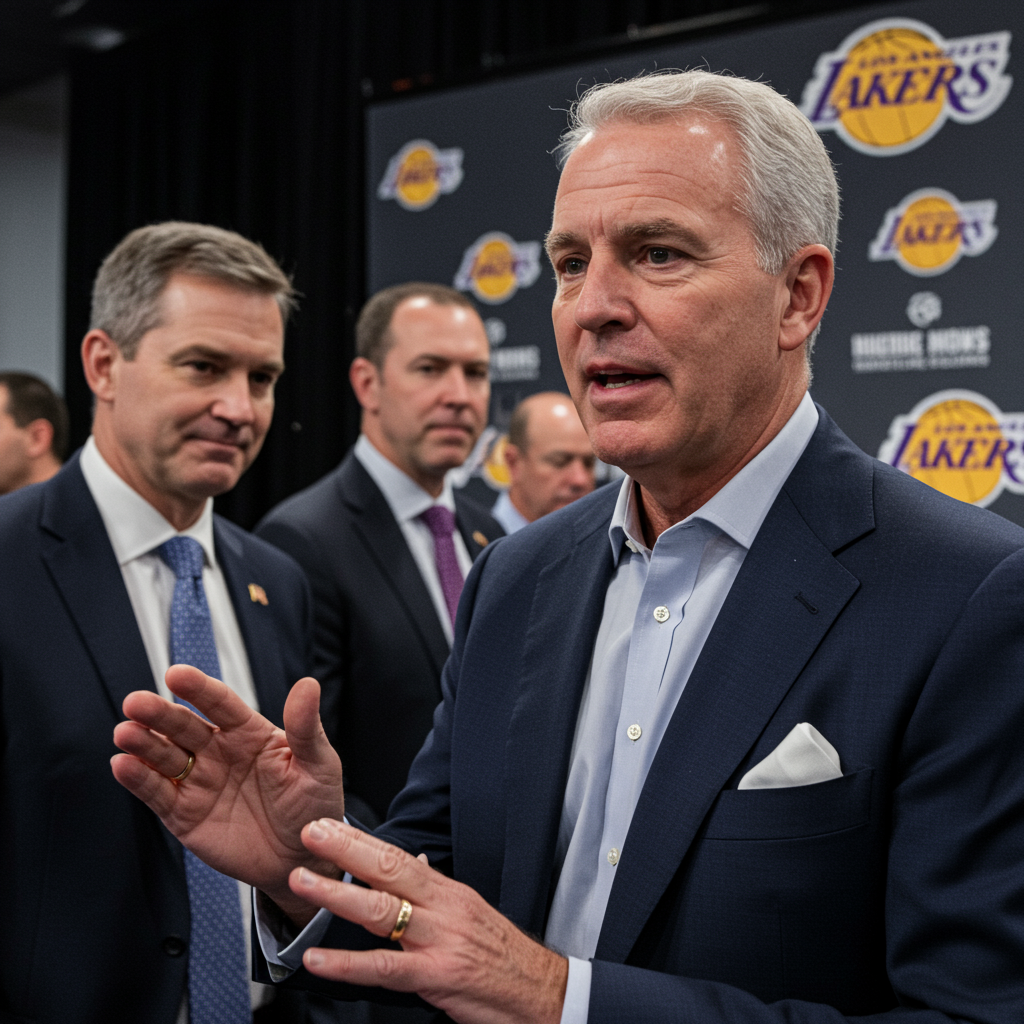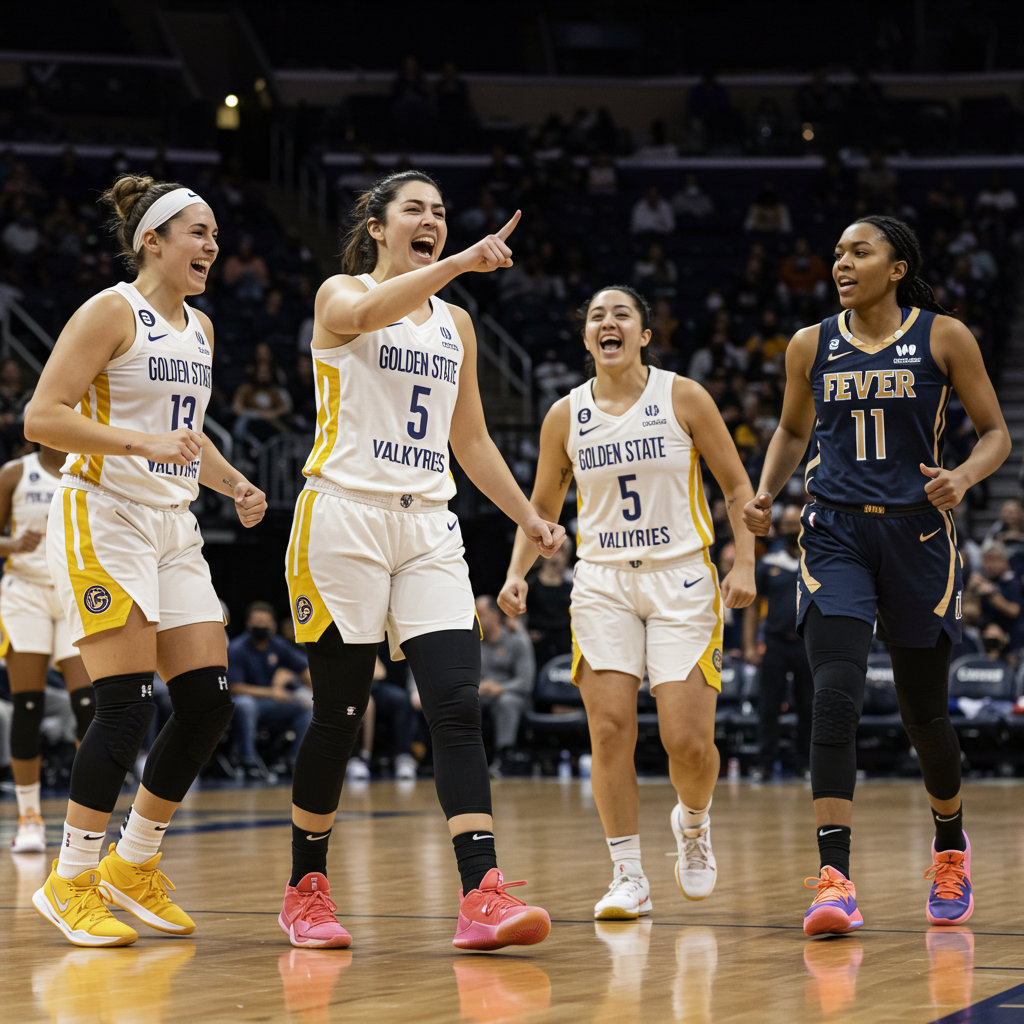The first round of the 2025 NBA Draft delivered a night that was both predictable in its top selection and utterly baffling in its later twists and trades. While it takes years to truly grade a draft class, the immediate aftermath reveals teams that appear to have significantly improved their future outlook and others whose decisions have left the league scratching its head.
Here’s a look at the teams that arguably won the night and those facing serious questions after Round 1.
Winners of the First Round
Several franchises capitalized on their draft positioning and made moves that drew praise for their potential impact, fit, and strategic value.
Dallas Mavericks (Pick #1: Cooper Flagg)
Landing Cooper Flagg at No. 1 overall was the absolute best-case scenario for the Dallas Mavericks, providing a potentially franchise-altering piece. Widely considered one of the most impactful prospects of the last decade, Flagg’s competitive fire and immediate two-way readiness make him a seamless fit for a Mavericks team looking to build a defensive identity. His defensive prowess aligns perfectly with the team’s recent strategic shifts. While benefiting from lottery luck after a tough previous season, the Mavericks significantly improved by adding an “über-prospect” capable of elevating teammates and potentially becoming an offensive hub over time. Beyond the draft, Dallas also had a strong night by extending Daniel Gafford and re-signing Kyrie Irving, moves that helped the team duck under the second apron and gain valuable financial flexibility, including access to the taxpayer midlevel exception.
San Antonio Spurs (Picks #2: Dylan Harper, #14: Carter Bryant)
The San Antonio Spurs earned accolades for their intelligent approach and strong selections. Holding firm at No. 2 despite trade interest, they drafted Dylan Harper, a gifted lead guard praised for his playmaking and ability to create rim pressure. Harper’s “terrific personality” and “high-level worker” reputation fit the vaunted Spurs culture, and his demonstrated catch-and-shoot ability provides a solid foundation. While questions about his fit alongside existing guards like De’Aaron Fox and Stephon Castle might temper immediate expectations (reflected in his slightly lower Rookie of the Year odds compared to draft position), his upside is undeniable. The Spurs doubled down on their strong night by selecting Carter Bryant at No. 14, a player highly ranked on many boards who fell to them. Bryant is seen as a perfect character fit and a legitimate 3-and-D wing, addressing a roster need. His shooting and disruptive defense are expected to pair well with Castle, potentially forming a fearsome young defensive duo.
Charlotte Hornets (Picks #4: Kon Knueppel, #29: Liam McNeeley)
While some observers raised eyebrows at the selection of Kon Knueppel at No. 4, the Hornets earned praise for prioritizing competitiveness and valuable skills. Knueppel is an elite shooter with more on-ball game than credited, including solid pick-and-roll ability and sharp passing. Though his NBA defensive impact might be neutral, his strength and engagement on that end are positives, drawing comparisons to the offensive upside of Desmond Bane. Crucially, Charlotte also executed a shrewd trade, sending center Mark Williams to Phoenix for the No. 29 pick and a future 2031 first-rounder. This move gained assets while offloading a player facing extension questions and defensive limitations. With the No. 29 pick, they snagged Liam McNeeley, a competitive player with a “real shooter” reputation despite a down college year. These picks signal a new direction under fresh leadership, prioritizing competitive, serious-minded players.
Atlanta Hawks (Trade with Pelicans)
The Atlanta Hawks are considered clear winners solely based on their masterful trade with the New Orleans Pelicans. General Manager Onsi Saleh is credited with pulling off a coup by trading down just 10 spots (from No. 13 to No. 23) and acquiring an unprotected first-round pick in the 2026 NBA Draft from the Pelicans. This pick’s potential value is immense, being the better of New Orleans’ or Milwaukee’s selection, and could realistically land in the top 10 in a strong draft class given the potential outlook for both teams next season. Beyond this, the Hawks also added Kristaps Porziņģis via trade and leveraged assets like Terance Mann’s salary effectively, creating significant cap flexibility and adding depth.
Washington Wizards (Pick #6: Tre Johnson, #21: Will Riley)
The Washington Wizards had a night focused on acquiring high-upside talent and future flexibility. They landed Tre Johnson at No. 6, widely considered one of the draft’s best shooters and potentially its hardest worker. Compared to a modern Rip Hamilton, Johnson’s work ethic and shooting prowess suggest he could become a high-volume scorer. His positioning at No. 2 in the Rookie of the Year odds reflects the anticipated opportunity for significant minutes and shot attempts on the Wizards roster. They also added rangy wing Will Riley at No. 21. Furthermore, an earlier trade sending Jordan Poole and Saddiq Bey for C.J. McCollum and Kelly Olynyk prioritized future cap flexibility, setting them up for a clean cap sheet in 2026-27.
Memphis Grizzlies (Trade up to #11: Cedric Coward)
The Memphis Grizzlies were determined to land Cedric Coward, trading up from No. 16 (acquired from Portland) to No. 11 to secure the physical wing. Coward, a unique story who paid to play Division III initially, possesses impressive length (7-2 wingspan) and shooting mechanics, making him a plug-and-play wing fit the Grizzlies have needed. While the cost to acquire him (No. 16, a 2028 unprotected Orlando first, two seconds) was substantial and prevented this from being a “home run” deal, his physical tools, work ethic, and ability to guard multiple positions alongside Ja Morant and Jaren Jackson Jr. make it a smart, calculated move addressing a clear need.
Losers of the First Round
Conversely, some teams made moves that were met with widespread confusion or outright criticism, raising concerns about their strategy and asset management.
New Orleans Pelicans (Picks #7: Jeremiah Fears, #13: Derik Queen, Multiple Trades)
Perhaps the most heavily criticized franchise of the night, the New Orleans Pelicans’ moves were described by one assistant GM as the “worst trade… in at least a decade.” After drafting Jeremiah Fears at No. 7, a talented but defensively questionable guard, they then traded up to No. 13 for Derik Queen (acquired from Atlanta), sending a potentially high-value unprotected 2026 first-round pick in the process. This trade for Queen was seen as particularly baffling. Adding two players with significant defensive question marks to a roster that already included deficient defenders like Jordan Poole (acquired earlier in a trade for C.J. McCollum and Kelly Olynyk), Zion Williamson, Saddiq Bey, and Yves Missi creates a significant defensive liability. With Herb Jones arguably the only positive defender among their core players, the Pelicans are projected to have the worst defensive talent in the league. These decisions have been linked to the alleged influence of former Pistons GM Troy Weaver, whose previous tenure was marked by similar patterns of drafting young guards and trading future firsts for bigs, resulting in a poor win record. The overall strategy appeared contradictory, seemingly trying to compete while making moves that gut future assets and create glaring roster imbalances.
Brooklyn Nets (Picks #8: Egor Demin, #19: Nolan Traore, #22: Ben Saraf, #26: Drake Powell, #27: Danny Wolf)
The Brooklyn Nets made headlines by keeping all five of their first-round picks, a rare feat that surprised many around the league who expected them to consolidate assets. However, the selections themselves raised concerns. Picking players significantly lower than their consensus rankings (e.g., Demin at No. 8, ranked much lower by analysts) and drafting three players envisioned as point guards with questionable shooting abilities (Demin, Traore, Saraf) alongside other picks with shooting concerns (Powell, Wolf) created significant positional overlap and potential development logjams. While some players like the skilled big man Danny Wolf (#27) offer intriguing upside, the overall “quintet” of players selected felt disconnected and strategically “off,” particularly for a team needing clear direction and talent.
Portland Trail Blazers (Trade down, Pick #16: Yang Hansen)
While the Portland Trail Blazers made a sound asset-gathering move by trading down from No. 11 to No. 16 with Memphis, securing valuable future picks, their selection at No. 16 drew widespread criticism. Picking Yang Hansen, a Chinese center, at this spot was arguably one of the most surprising picks of the last decade. Yang was ranked significantly lower on most draft boards (around 48th by some analysts) and was not expected to be a first-round pick. While Yang possesses intriguing skills like elite passing for a big man, scouts expressed significant doubts about his ability to translate his game to the NBA against elite athletes due to physical limitations, lack of explosiveness, and questionable defense. The pick is seen as a “steep reach” and a missed opportunity to potentially acquire a higher-ranked player or gain even more value by trading further down.
The first night of the 2025 NBA Draft certainly provided plenty of talking points, from lottery triumphs to head-scratching gambles. Only time will tell which of these initial winners truly flourished and which of the perceived losers manage to defy expectations.




